Himeji Castle, Thoughtography, and the Japanese Ghost Story that Inspired ‘The Ring’

In 2002 the English speaking world was horror-struck by a little girl named Samara who crawled out of a well and murdered her victims when they watched her cursed video tape. The Ring, a Hollywood remake of the hit Japanese film Ringu (1998) would kickstart a popular trend of J-Horror remakes including The Grudge (2004) and One Missed Call (2008), bringing Western attention to Japan’s unique ghosts and folklore en masse. While fans of J-Horror are likely aware Ringu was based on Kōji Suzuki’s 1991 novel of the same name, few may know that the origins of the ‘girl in the well’ story have a somewhat historic source.
For clarity, this article will refer to Samara as ‘Sadako’, her Japanese name when discussing the original book and film.
The Ghost in Japanese Folklore and the Creation of an Onryō
According to Japanese beliefs humans all have a reikon, which is a soul or a spirit. Upon a person’s death, their reikon leaves their body and enters purgatory until a funeral and post-funeral rites have been held. Once these have occured, the reikon is free to leave purgatory and join their ancestors.
But what happens to the reikon if the funeral rites have not been performed? And what happens if a person is killed violently through either murder or suicide, or has powerful and negative emotions at the time of their death?
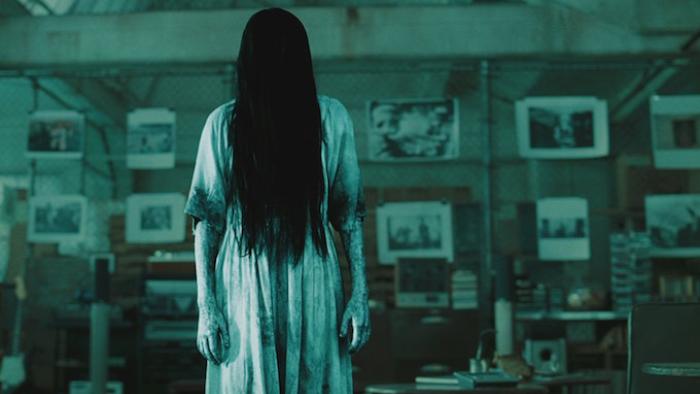
If any of the above scenarios occur, the reikon will turn into a yūrei which has the ability to go between purgatory and the real world; essentially the equivalent of a Western ‘ghost’. The yūrei will haunt a certain location until either the proper funeral rites are performed or their emotionally charged ‘unfinished business’ has been resolved.
Yūrei is an umbrella term for different types of Japanese ghosts. Depending on how the individual died or who they were during their lifetime, their yūrei will fall under a specific category. For example, an ubume is the ghost of mothers who have died in childbirth, funayūrei are ghosts of someone who has died at sea, and zashiki-warashi are ghosts of children. In the case of Sadako and Samara, they are known as onryō, which are ghosts of someone who was deeply wronged during their life and comes back as a vengeful spirit.
Onryō are believed to be capable of physically harming or killing the living. It’s typical of onryō to be the ghosts of women who were traumatised during their life and seek revenge after their death. Another popular example of an onryō is Kayako Saeki from Ju-On/The Grudge series’. Remember her croaking groan or ‘death rattle?’ This was cause by her husband breaking her neck and her subsequent attempts to breath through her broken windpipe… no wonder she came back as a vengeful spirit. In extreme cases, onryō are said to cause natural disasters such as earthquakes, storms, and famine.
In the original novel, Sadako is raped by a doctor infected with smallpox and thrown into a well where she meets her untimely death. In the Japanese film Ringu, Sadako is thrown down the well by her step-father Ikuma. And in the American remake, Samara is suffocated with a garbage bag by her adopted mother who then throws her into the well to die. This along with the different backstories highlighted through each iteration of the characters’ abusive pasts are the perfect recipe for the amalgamation of an onryō.
Himeji Castle: Home of the Original Sadako
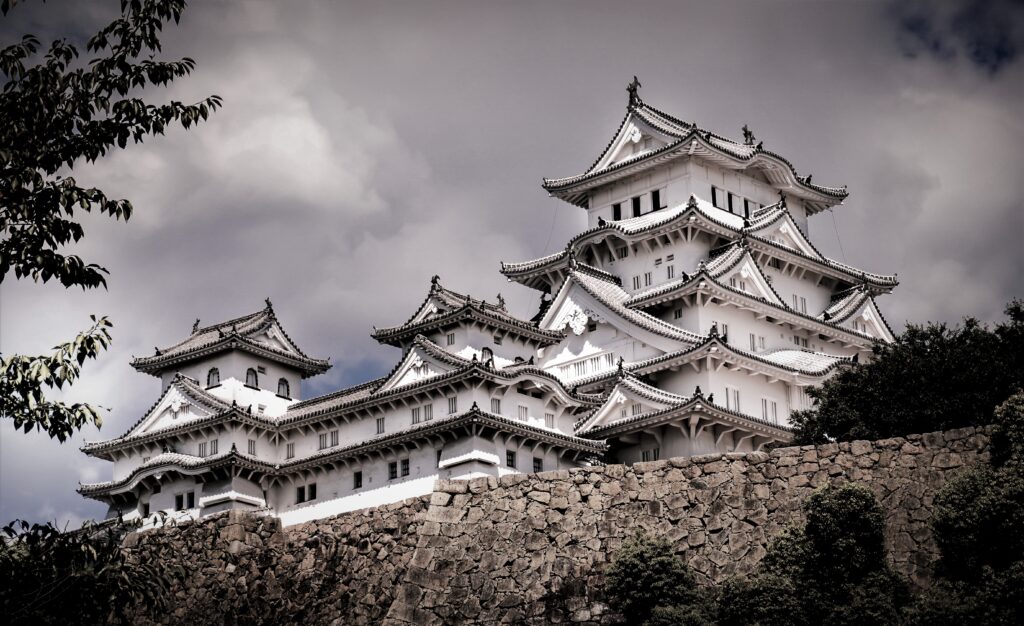
Overlooking the city of Himeji in Japan’s Hyōgo Prefecture sits the beautiful Himeji Castle, the location of a famous ghost story that would later form the foundation for Ringu‘s tragic plot. Originally built in 1333 as a fort, the castle saw multiple remodels before it was transformed into today’s grand castle complex between 1601 and 1609. The castle consists of a staggering 83 buildings and covers 576 acres, making it the largest castle in Japan. Evidence of advanced feudal period defence systems are seen throughout the complex including two of the three remaining moats, angled chutes for pouring boiling oil on enemy soldiers, over 1000 loopholes for tangashima and archers and an impressive military maze to confuse invaders leading to the castle’s keep.
It should be no surprised that Himeji Castle was registered as an UNESCO World Heritage Site — the first in all of Japan — in 1993. It should be equally unsurprising that a large castle with a long history has a resident ghost or two. And for Himeji Castle, the most popular ghost story tells the sad tale of a woman who met her untimely death at the bottom of a well. Sound familiar?
The Origin of Sadako
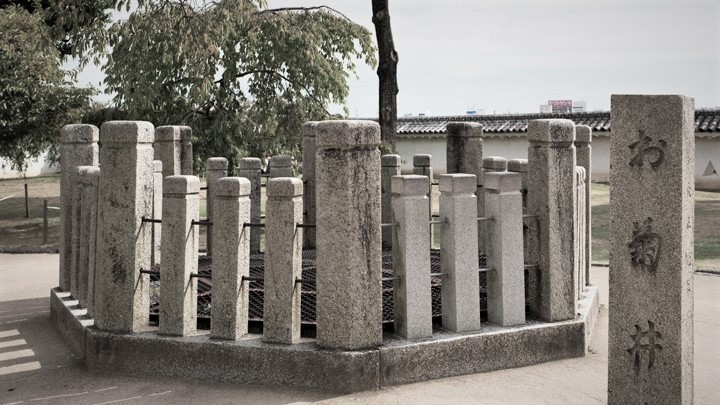
One of the main attractions at Himeji Castle other than the castle itself is ‘Okiku’s Well’, the site of the climactic finale of an infamous Japanese ghost story (known as a kaidan). According to the story, a woman named Okiku lived as a servant at Himeji Castle and worked for a samurai named Tessan Aoyama. Aoyama was madly in love with Okiku and proposed marriage once Aoyama left his wife. Okiku, having her own lover, wasn’t interested in Aoyama’s advances which greatly angered the samurai.
One of Okiku’s duties was to keep watch over the family’s ten precious plates. To seek revenge, Aoyama tricked Okiku into believing she has lost one of the plates, a crime punishable by death. Okiku counted the plates over and over again, devastated at the loss and terrified for her impending execution. Aoyama then proposed a deal: if Okiku agreed to marry him then he would overlook the missing plate. However, Okiku still refused and in a frenzy Aoyama took her outside the castle and threw her down the old well where she died.
Following her murder, Okiku’s ghost could be heard counting the plates from one to nine from the bottom of the well, letting out an ear piercing scream when she realised over and over again that the tenth plate was missing. Every night Okiku would crawl out of her well and appear before Aoyama as he tried to sleep. This, along with Okiku’s blood curdling screams, eventually drove Aoyama to insanity. In some versions of the story, an exorcist is hired to deal with Okiku’s restless spirit. The exorcist hides in a nearby bush and yelled ‘TEN’ when Okiku finishing counting at the bottom of the well. Thinking someone had finally found the missing plate, Okiku was put to rest.
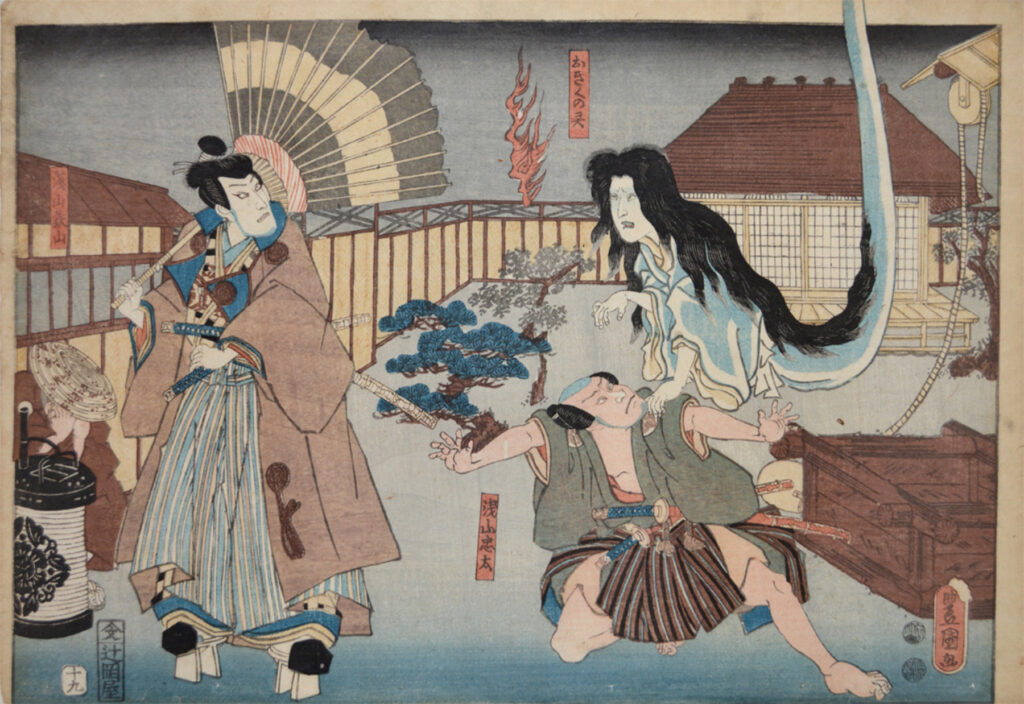
Okiku, like Sadako and Samara, became an onryō after her death due to the nature of her murder and the extreme level of negative emotions felt before her death. Each women were treated dreadfully by those around them and, following their deaths in a well, crawled their way out to seek vengeance.
As a popular ghost story, Okiku’s tragedy has a number of versions. Another version of the story originates from bunraku or ningyō jōruri which is traditional Japanese puppet theatre. And a third is set in Edo (historic name of Tokyo) during the seventeenth-century. In some versions Okiku takes her own life by jumping down the well, and in others she is set up by a jealous mistress. In every version, Okiku is treated appallingly despite doing nothing to instigate such behaviour and ends up, one way or another, dead at the bottom of the well.
But what about the cursed video tape?
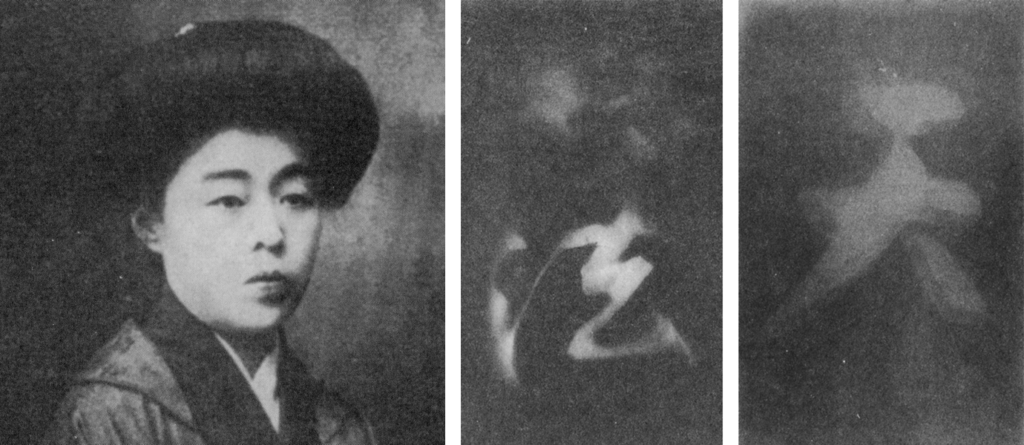
Obviously, Okiku didn’t put a curse on a videotape hundreds of years ago. But this particularly memorable addition to Sadako’s powers actually has a name: thoughtography, or nensha. Influenced by the nineteenth-century’s obsession with spirit photography, thoughtography is the alleged ability to burn an image from a person’s mind onto a photographic plate; similar to a photograph… but instead of a camera you’re using your brain.
We see Sadako and Samara perform this by projecting their curses (and very disturbing imagery) onto the cursed videotape. The footage on the tape is meant to show the final images flashing in Sadako’s head before she dies. For Samara, a lot of these images are memories (her mother’s suicide, the chair she sat on in the institution, the ladder to the loft she slept in in the barn).
During 1910, Japan saw an increased interest in spiritualism, which inspired Tokyo University’s assistant professor of psychology Tomokichi Fukurai to perform parapsychology experiments on a number of subjects. Sadako’s psychic abilities were based on a Japanese psychic Sadako Takahashi who worked with Fukurai and could allegedly perform feats of nensha, along with other supernatural abilities. He documented Takahashi’s abilities in his book Clairvoyance and Thoughtography in 1931, which was met with criticism due to a lack of scientific approach.
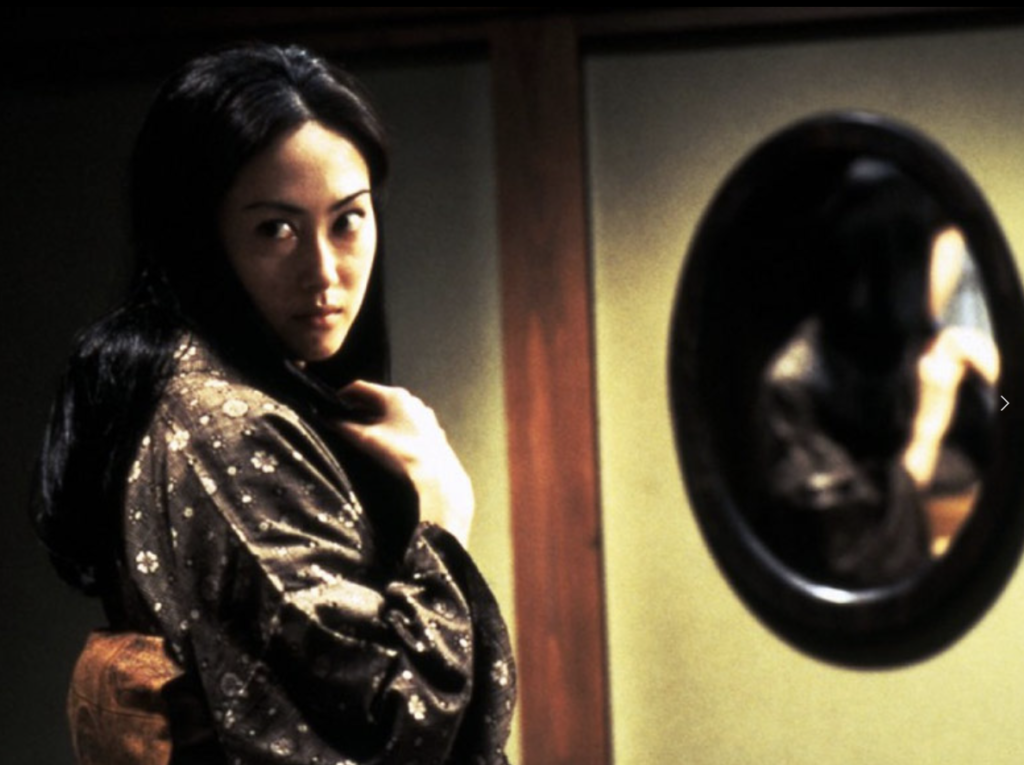
Fukurai also worked with psychic Chizuko Mifune. Fukurai first tested Chizuko in April of 1910 and determined that her powers were genuine, despite continued ridicule from his colleagues. A second test was performed by Tokyo University president Yamakawa Kenjirō on 15 September 1910 which demonstrated Chizuko’s alleged ability to read messages hidden inside envelopes. When the results of the test were exposed as fraud, blame was placed directly on Chizuko who ended her life only four months later on 19 January 1911. Chizuko is said to be the inspiration for Sadako’s mother, Shizuko Yamamura. Shizuko was also the subject of a public test for her own psychic abilities and, after receiving public ridicule, ended her own life.
Basing the origins of the Samara and Sadako on a popular ghost story, as well as the lives of real historic women, grounds the horror in reality. It brings a level of humanity to Sadako/Samara that might be overlooked in the films due to how deeply terrifying she is. But the story of a neglected little girl who was failed by all figures of authority and murdered in such a horrendous way deserves a bit of a redemption arc. Can anyone really blame her for going on a murderous rampage?
Not interested in sleeping tonight?
- Watch the cursed video tape from Ringu (1998) here.
- Watch the cursed video tape from The Ring (2002) here.
- Watch Sadako climb out of her well and a television in all her glory in Ringu (1998) here.
- And watch a much more spry Samara climbing out of her well in The Ring (2002) here.
And to cleanse your pallet, Sadako now has her own YouTube channel. Here’s her first video posted on 5 March 2022 giving her viewers an exclusive room tour (it’s genuinely hilarious, even if you don’t speak Japanese).
Sources and Additional Reading
Bloody Disgusting – Okiku’s Ghost: The True Scary Story that Inspired ‘The Ring’ (2017)
Horror Obsessive – Tracing a Dark Circle: Revisiting Ringu and The Ring (2018)
Remote Lands – Magic and Ghosts: A Short, Odd History of Himeji Castle (2019)
Slash Film – The Ring Ending Explained: Analog Anxieties and Murderous Mothers (2021)
Wikipedia – Himeji Castle / Thoughtography / Ring (film) / Sadako Yamamura / Ring (Suzuki novel)
